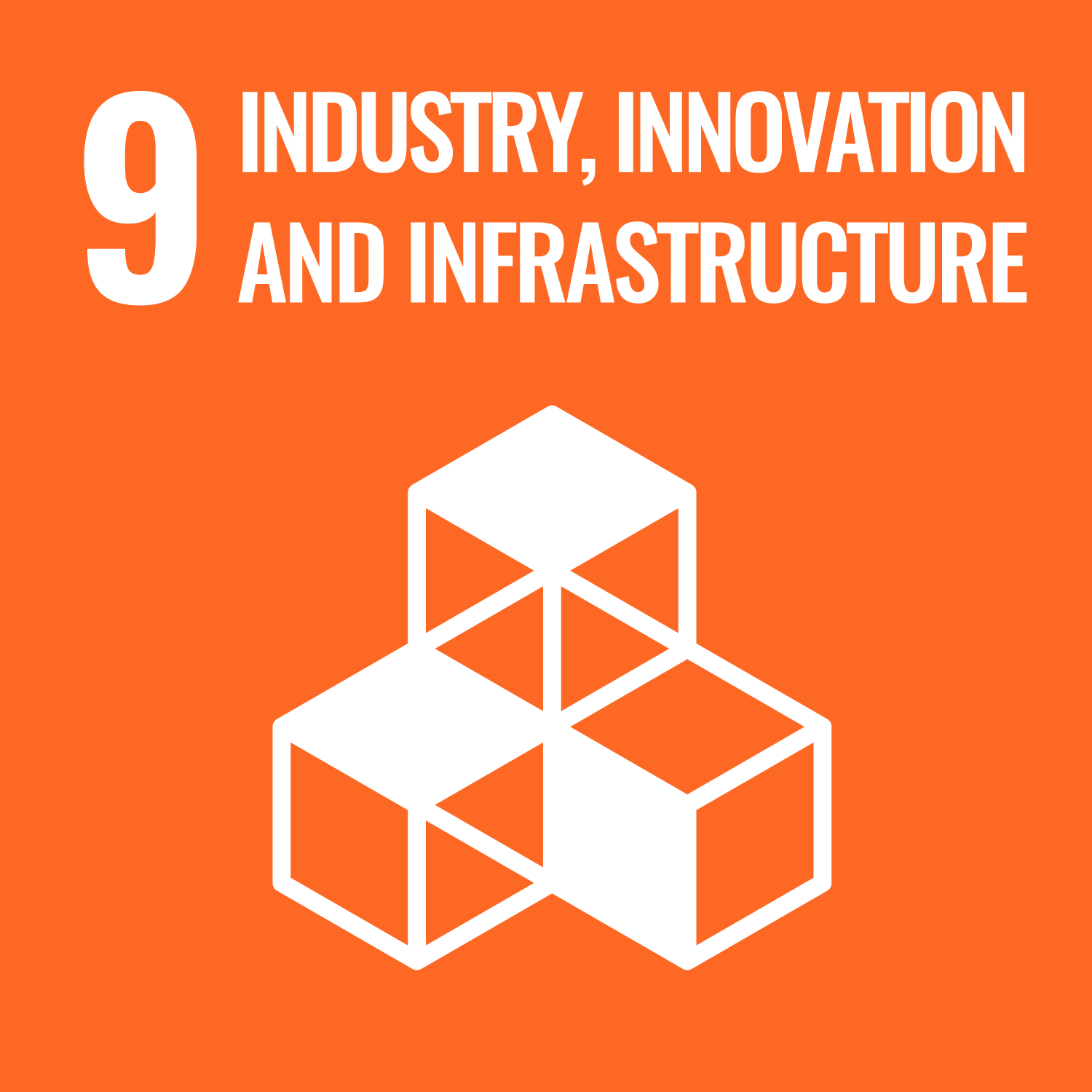Nieto-Martin, J, Kipouros, T, Savill, M, Woodruff, J and Butans, J
(2018)
Technoeconomic distribution network planning using smart grid techniques with evolutionary self-healing network states.
Complexity, 2018.
ISSN 1076-2787
![]()
Abstract
The transition to a secure low-carbon system is raising a set of uncertainties when planning the path to a reliable decarbonised supply. The electricity sector is committing large investments in the transmission and distribution sector upon 2050 in order to ensure grid resilience. The cost and limited flexibility of traditional approaches to 11 kV network reinforcement threaten to constrain the uptake of low-carbon technologies. This paper investigates the suitability and cost-effectiveness of smart grid techniques along with traditional reinforcements for the 11 kV electricity distribution network, in order to analyse expected investments up to 2050 under different DECC demand scenarios. The evaluation of asset planning is based on an area of study in Milton Keynes (East Midlands, United Kingdom), being composed of six 11 kV primaries. To undertake this, the analysis used a revolutionary new model tool for electricity distribution network planning, called scenario investment model (SIM). Comprehensive comparisons of short- and long-term evolutionary investment planning strategies are presented. The work helps electricity network operators to visualise and design operational planning investments providing bottom-up decision support.
More Details
| Item Type: | Article |
|---|---|
| Subject Areas: | Management Science and Operations |
| Additional Information: |
© 2018 Jesus Nieto-Martin et al. This is an open access article distributed under the CC-BY Creative Commons Attribution License, which permits unrestricted use, distribution, and reproduction in any medium, provided the original work is properly cited. |
| Date Deposited: | 26 Aug 2020 10:03 |
| Date of first compliant deposit: | 26 Aug 2020 |
| Subjects: | Energy resources |
| Last Modified: | 25 Feb 2025 17:22 |
| URI: | https://lbsresearch.london.edu/id/eprint/1469 |





